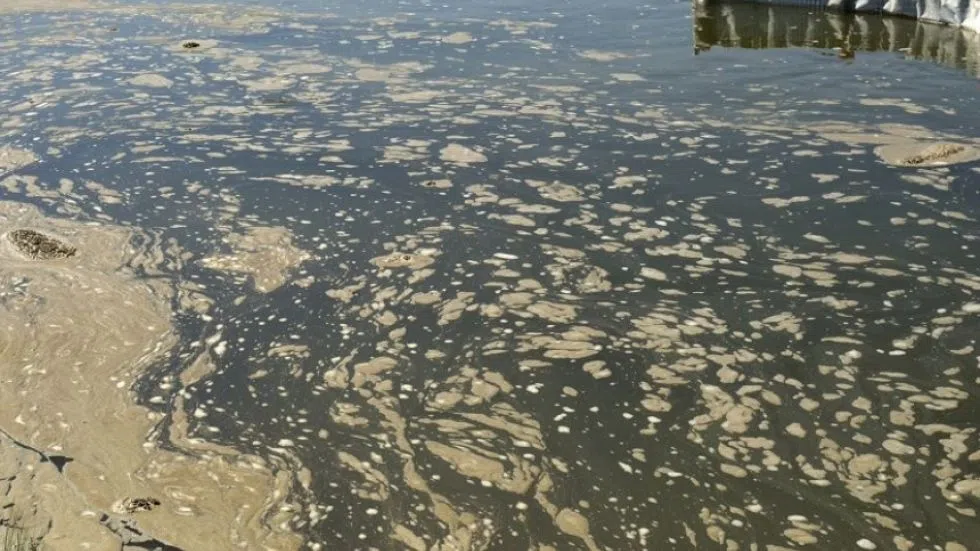
Legislation to address Husky oil spill response
Following last summer’s Husky oil spill impacting North Battleford residents’ water source, the province has completed an investigation into the cause of the accident and has made recommendations to help improve future reporting procedures.
A total of 225 cubic metres of oil spilled from a break in a piece of pipe carrying oil near the Saskatchewan River last summer. Roughly 60 per cent of the spill was contained on land before the oil entered the river.
After reviewing a report investigating the details of the accident – the cause of the oil spill and the action taken by Husky when the spill was identified on July 21, 2016 – the province is pursuing new legislation to help improve procedures if a similar event were to happen again.
The Pipelines Amendment Act, Bill 43, is expected to be passed by the end of the Legislature’s spring session with plans to improve regulatory requirements for oil pipelines.


